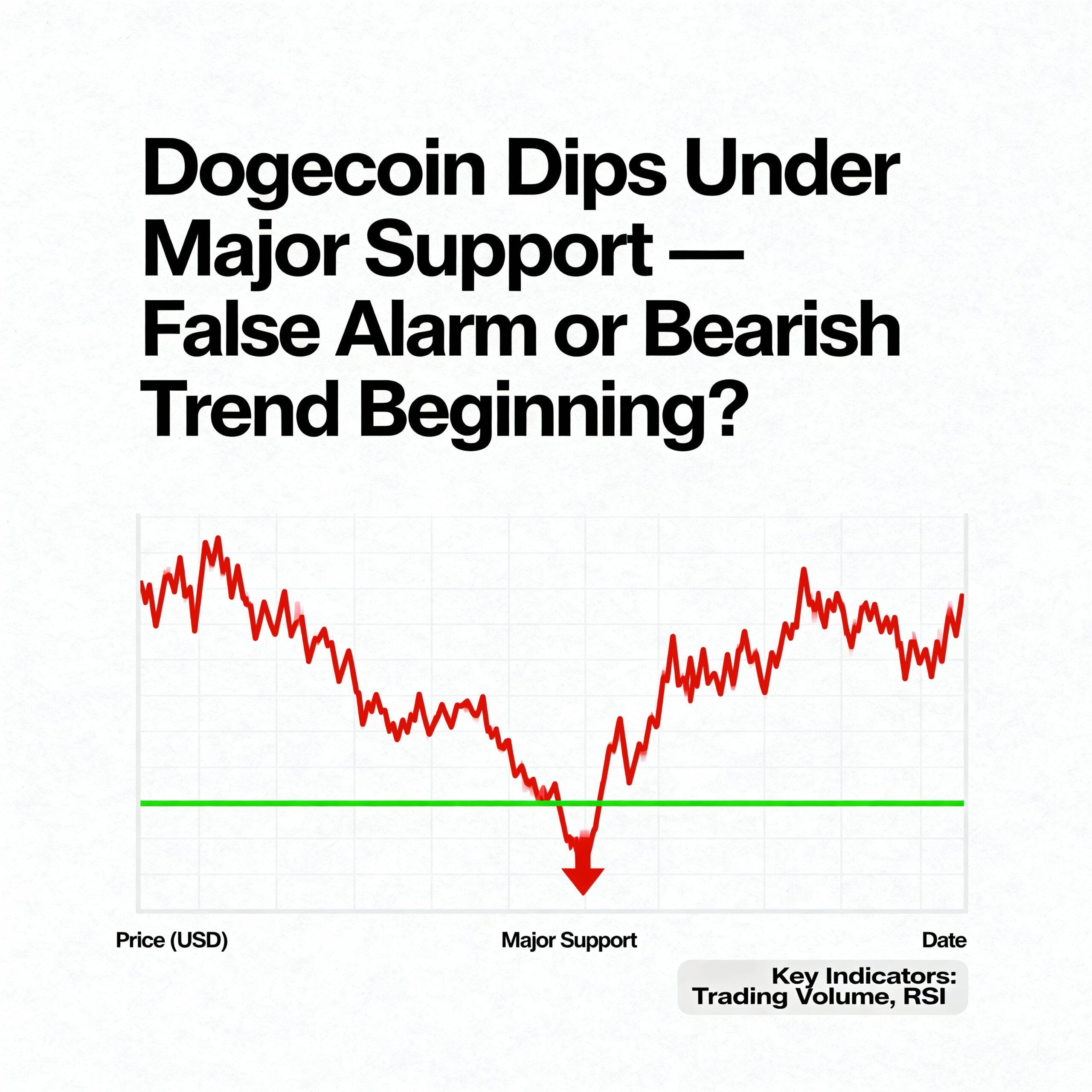Ether Treasuries Poised to Lead as DAT Market Evolves, Says StanChart
Digital asset treasuries (DATs) that combine low-cost funding, scale, and staking returns are expected to outperform, giving ether and solana a clear advantage over bitcoin, according to Standard Chartered analyst Geoff Kendrick.
DATs — publicly listed firms holding crypto on their balance sheets — have recently faced pressure as their market net asset values (mNAVs) fell below 1. Kendrick noted that declining mNAVs reduce both the incentive and capacity for these firms to continue purchasing digital assets, a trend that can dampen demand for BTC, ETH, and SOL.
Ether treasuries stand out for their resilience, driven by staking yields, regulatory clarity, and growth potential. Kendrick highlighted that the next phase of DATs will be characterized by differentiation: success will favor firms that can raise capital cheaply, attract liquidity, and earn staking rewards — factors that currently favor ETH and SOL over BTC, which lacks yield.
Bitcoin treasuries face increasing competition and market saturation. Strategy, the sector’s flagship BTC treasury, has inspired nearly 90 competitors who now collectively hold over 150,000 BTC, a sixfold increase this year. With mNAVs under pressure, Standard Chartered anticipates consolidation, where leading firms acquire smaller rivals instead of purchasing new bitcoin from the market, reducing fresh BTC demand.
Ether treasuries, by contrast, have been aggressively expanding. Since June, they have accumulated roughly 3.1% of ETH’s circulating supply. Bitmine (BMNR), the largest player, now holds more than 2 million ETH and is well-positioned to continue growing. Solana treasuries remain smaller but benefit from staking yield.
These dynamics are significant for crypto markets. DAT buying has been a major price driver for bitcoin and ether in 2025. With BTC treasuries facing consolidation and SOL treasuries still developing, Standard Chartered sees ether as the primary beneficiary in the next stage of digital asset treasury growth.





